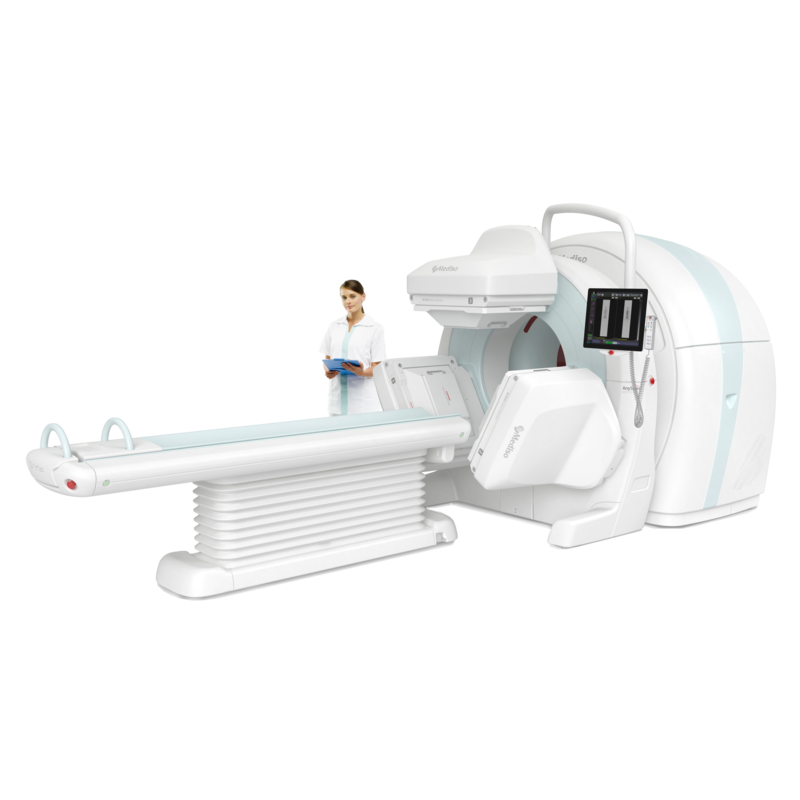Optimization methods in left ventricle segmentation
Image segmentation is a day-to-day task of clinical practitioners to carry out volume/area/surface specific quantities of a region of interest (ROI). In most cases this task can be challenging and too long to solve (multiple hours/half an hour), therefore some level of automation is needed.
There are many segmentation methodologies based on different theories, but in most of the cases these are not applied in the practice due to the unacceptable running times. Besides deep-learning the graph-based algorithms are actively being researched and developed. [1] The data being volumetric (3D scalar field) it can be represented as a large graph with nodes being voxels and edges being the connection between neighboring (e.g. 6 neighboring cubes) voxels. With this abstraction, a segmentation task can be thought as a graph partitioning/slicing method to find the desired ROI (e.g. a liver in a CT dataset, thyroids in a SPECT dataset).
The graph-based algorithms are often developed in hand with variational image segmentation methods to define an energy which can be minimized on the graph. Sometimes this approach can lead to long running times and complicated optimization tactics. A different approach was introduced in [2] to overcome the drawbacks of the latter. The method is fast and accurate in the segmentation task with a simple isoperimetric cost function. Even though it is fast and accurate solving the isoperimetric problem for instance in most cases this wont suffice (e.g.: full body bone segmentation)
Problem with graph-based methods is metrication bias, which renders as low resolution or high computation times. To overcome the aforementioned problem, a continuous optimization [3, 4] can be applied to handle the discrete resolution of graph-based methods. The continuous max-flow (CMF) method is very accurate in classification problems.
Task: Investigate and develop a technique based-on CMF method with shape priors to handle the “few-shot” learning with classical methods. Compare the current method to the competing ones (given by the topic supervisor). Investigate shape descriptors in a statistical setting and compare it to self-supervised methods.
References:
[1] Isoperimetric Graph Partitioning for Image Segmentation, Leo Grady, Eric L. Schwartz
[2] Fast, Quality, Segmentation of Large Volumes Isoperimetric Distance Trees, Leo Grady
[3] A study on Continuous Max-flow and Min-cut approaches, Jing Yuan et al.
[4] Efficient ADMM and Splitting Methods for Continuous Min-cut and Max-flow Problems, Hongpent et al.
If you are interested in this topic, contact us on medisolab@inf.elte.hu e-mail address. Please add the title of the topic into the subject of your e-mail.